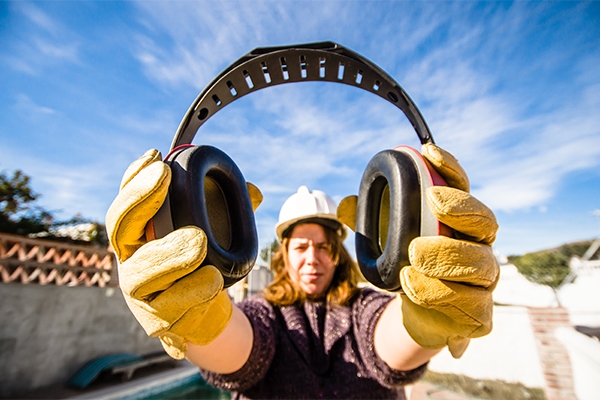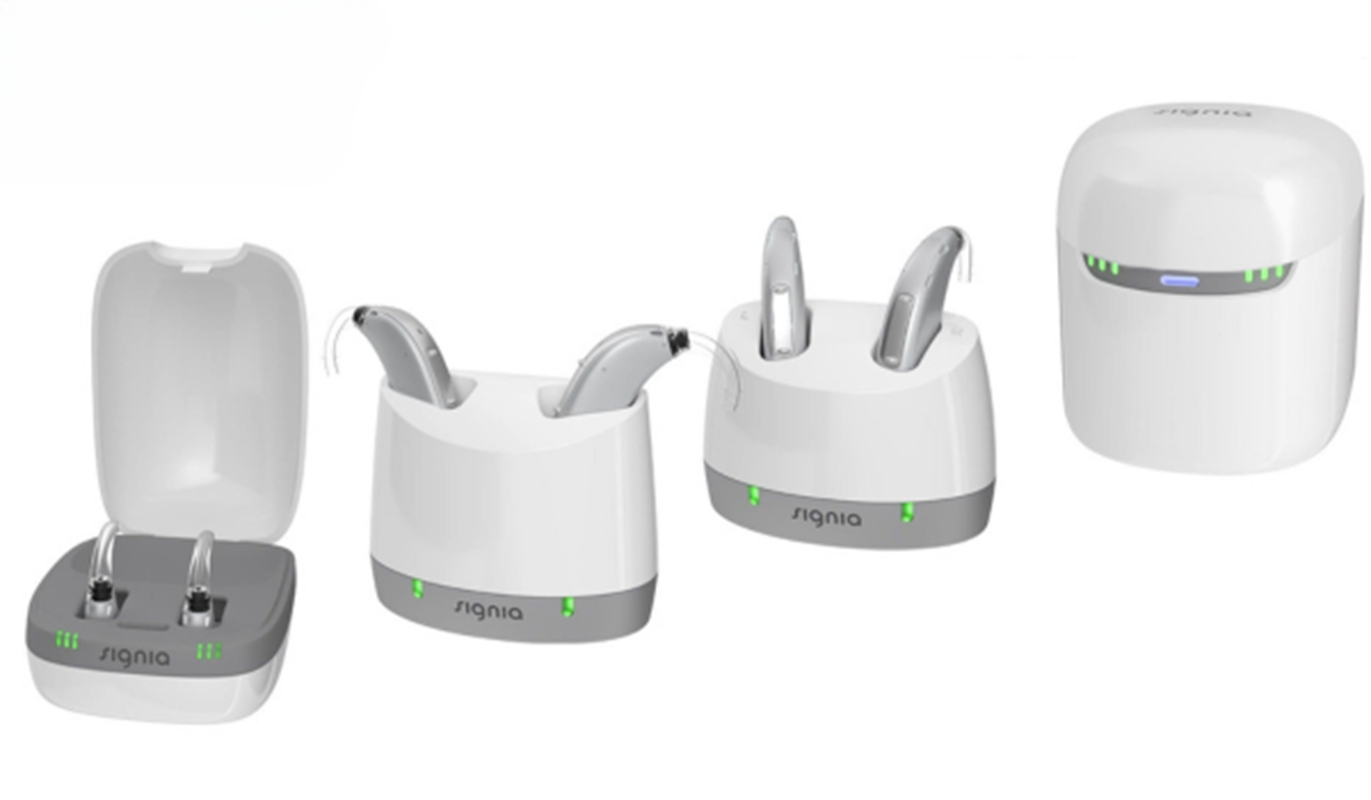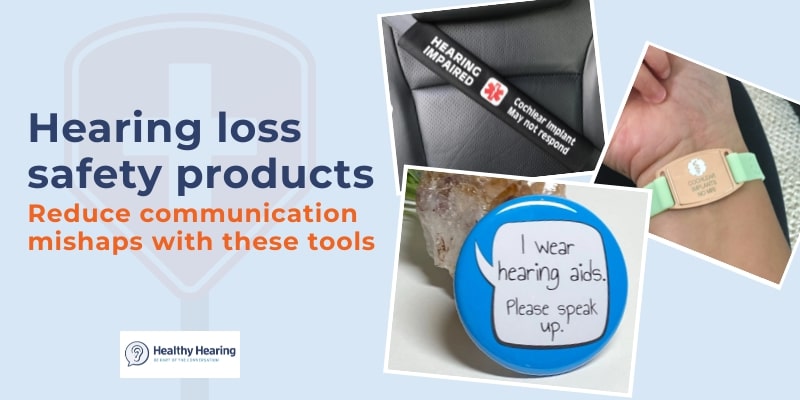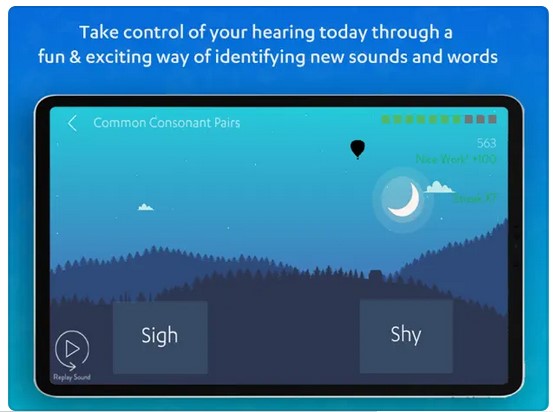Key points:
-
While some earwax falling out of your ears is normal, excessive drainage may signal an infection.
-
Other signs of an ear infection include ear pain or pressure, redness, and temporary hearing loss.
-
Visit a medical professional if you or your child has ear drainage to treat the infection and prevent complications.
It’s normal for ear wax to drain from your ears on occasion, but if you’re experiencing excessive drainage of fluid accompanied by pain, fever, swelling, redness, or reduced hearing, it’s time to seek medical treatment. You may have an infection.
People often confuse earwax with a draining ear, says ENT Dr. David F. Smith, an Associate Professor and Clinical Director for the Center for Circadian Medicine at Cincinnati Children’s Medical Center.
Earwax, or cerumen, is normal and serves as a cleaning mechanism for the ear canal and the ear drum, he says. This soft, yellow substance may fall out of your ear canal from time to time.

However, if your ear is draining a thick, cloudy fluid — especially green, white or yellow — it’s likely pus. Pus is a collection of dead, white blood cells that form when your body is trying to fight an infection.
Excessive ear drainage like this usually indicates an active infection, either in the middle ear or the outer ear.
What causes ear infections?
Ear infections are usually caused by a virus or bacteria. Young children are much more prone to middle ear infections. In fact, according to the National Institutes of Health (NIH), 80% of children will experience at least one middle ear infection by the time they are three years old.
That's because their eustachian tubes—which help fluid drain away from the ear—are small and positioned horizontally, which makes it difficult for fluid to exit the ear. Additionally, children have more immature immune systems than adults and are often exposed to frequent bacterial and viral infections at daycare and primary school.
Types of ear infections that cause drainage
Middle ear infections are the most common type of ear infection. They occur in the space behind the eardrum, where fluid can build up due to infection.
Sometimes, when pressure from a middle ear infection builds up it causes the eardrum to tear, allowing fluid — often clear, bloody, or pus-like — to escape. While a ruptured eardrum may cause the pain and pressure subside, it's important to visit a healthcare professional to prevent further infection and promote healing.
Outer ear infections occur in the ear canal, which may occur from excess moisture in the area. For example, Dr. Smith said swimmer’s ear occurs frequently among children in the summer if they spend a lot of time in the water. While outer ear infections can also lead to drainage, it's not due to a ruptured ear drum as the infection is in a part of the ear where fluid can easily exit.
How do you know when you or your child have an ear infection?
Typically an ear infection comes with other symptoms besides ear draining. These may include:
- Ear pain
- Swelling
- Redness in or around the ear canal
- Reduced hearing
- Dizziness
- Tinnitus (ringing in the ear)
Yellow or white drainage, especially copious drainage, is concerning. Although rare, these infections can lead to very serious complications, such as infections spreading to the brain.
How do you treat ear drainage?
In the case of excessive drainage, your hearing healthcare provider will first remove the fluid that is in the ear canal with a special instrument which is designed to not cause injury to the canal wall or ear drum. To address the infection, treatment primarily involves taking an oral antibiotic and/or antibiotic ear drops.
Never try to clean or remove the drainage with a cotton swab or other object, which can cause serious injury.

In the case of kids or people who experience repeated infections, your provider may take a culture, or sample, of the fluid to determine what germ is growing to prescribe the treatment that is most effective for that particular type of infection.
While ear infections can clear up on their own, it's still important to seek medical attention promptly if you suspect you or your child have an ear infection.
“Yellow or white drainage, especially copious drainage, is concerning,” Dr. Smith said. “Although rare, these infections can lead to very serious complications, such as infections spreading to the brain.”
See a specialist for lingering hearing problems
While any muffled hearing from fluid in your ears should go away once your infection clears, it's important to see a hearing specialist if any problems continue. Check out our directory to find a hearing clinic near you, to ensure your ears are healing properly and to rule out any lasting hearing damage. Early care makes all the difference.
The above is the interpretation of Ear Drainage: What It Means and How to Treat It provided by Chinese hearing aid supplier Shenrui Medical. Link https://www.srmcm.com/Blog/Ear_Drainage_What_It_Means_and_How_to_Treat_It.html of this article is welcome to share and forward. For more hearing aid related information, please visit Blog or take a look at our Hearing aids products















